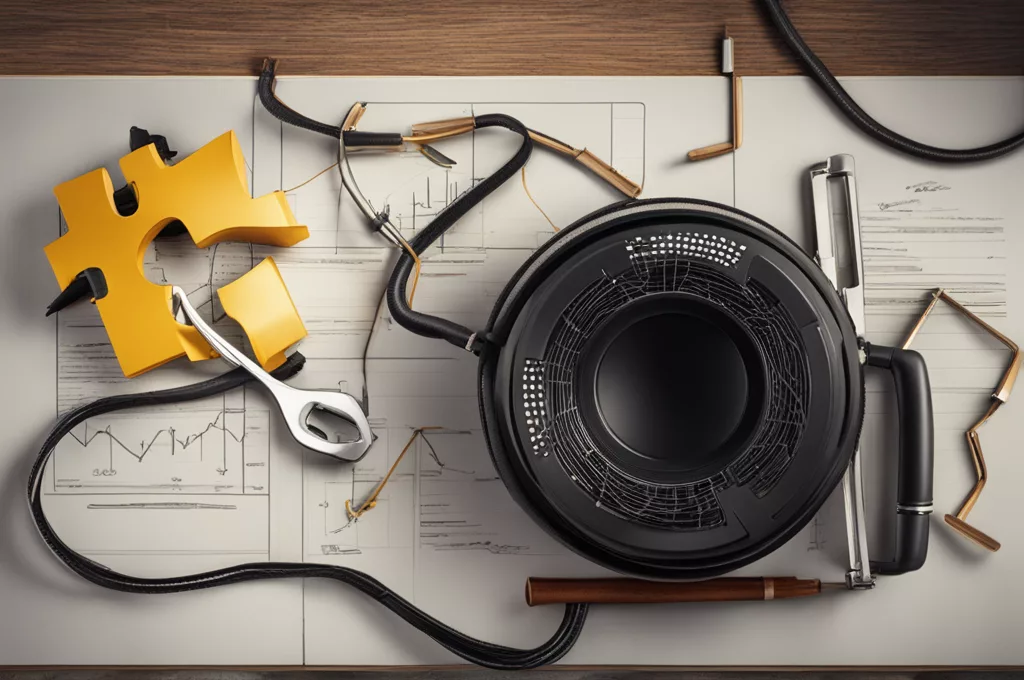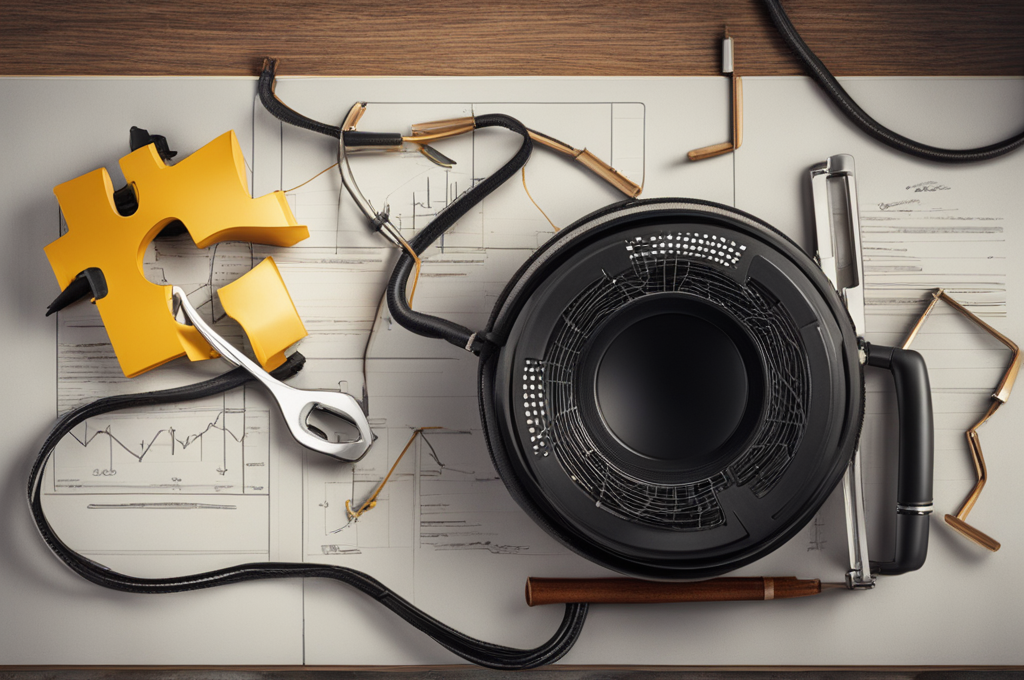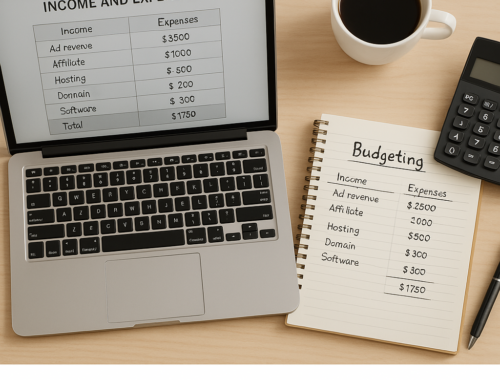
[object Object]
 – End with a closing paragraph summarizing the key points.
– End with a closing paragraph summarizing the key points.
Identifying Broken Links in Your Site
Before you can fix broken links, you must first know what they are. Broken links occur when a webpage or URL is no longer available. This could be due to the webpage being deleted or the URL having expired. Identifying broken links is critical because they can negatively impact your SEO and user experience. Google’s web crawlers will encounter broken links and will report them as issues. Broken links can cause your site to lose authority and lead to a lower ranking.
To find broken links on your site, you can use a plugin like Broken Link Checker for WordPress or a Chrome extension called Chrome’s Broken Link Checker. These tools can automatically detect broken links and highlight them for you. If you prefer manual checking, you can use a text-based method, by searching your site’s archive for outdated URLs.
The Impact of Broken Links on SEO
Broken links not only annoy your visitors but can also negatively impact your search engine rankings. Here are some specific issues that broken links can cause:
- Low user experience: Visitors may encounter broken links when they click on them, leading to frustration and abandonment.
- Loss of PageRank: Broken links can cause a drop in Google PageRank, reducing your site’s authority.
- Loss of SEO rankings: Google can penalize your site if it frequently encounters broken links.
Fixing Broken Links
Once you’ve identified the broken links, it’s time to fix them. Here are a few methods you can use:
1. 301 Redirects
A 301 redirect is an HTTP redirect response status code. It tells the browser that the requested page has been moved to a new location. 301 redirects are ideal for fixing broken links because they preserve the original URL’s SEO value. To set up a 301 redirect, you can use a plugin like Redirection for WordPress or a tool like Google URL Redirection.
2. Remove the Broken Link
In some cases, it may be more appropriate to remove the broken link rather than redirecting it. This is useful when the original page no longer serves a purpose or is outdated.
3. Update the Link
Another option is to update the broken link to point to a new page or URL. This can be useful if you have recently published updated content related to the broken link.
4. Inform the Author
If the broken link is someone else’s, you may need to inform them and ask them to fix it. You can do this through their contact information, social media, or by leaving a comment on their site.
Regularly Checking Your Site for Broken Links
It’s essential to regularly check your site for broken links to prevent them from accumulating. You can set up a routine to check your site monthly or quarterly. By doing this, you will be able to fix broken links before they cause issues.
By fixing broken links, you can improve your user experience, SEO, and overall site authority. It’s a small effort but can have a big impact on your site’s performance. Don’t let broken links hold your site back – fix them now!
[BR] [BR]
Key Points Summary
Identifying broken links, their impact on SEO, and fixing them are all essential steps in maintaining a successful website. By using tools to identify broken links, setting up 301 redirects, removing outdated content, updating links, and regularly checking for new broken links, you can improve your site’s SEO and user experience.
[BR] [BR]
By fixing broken links, you can improve your user experience, SEO, and overall site authority. It’s a small effort but can have a big impact on your site’s performance. Don’t let broken links hold your site back – fix them now!
You May Also Like

How to track your blogging income and expenses
April 4, 2025
Designing Blog Layouts That Convert
June 30, 2025


